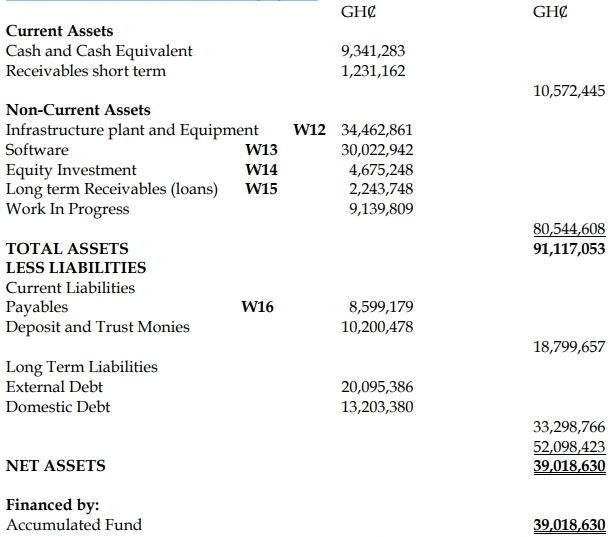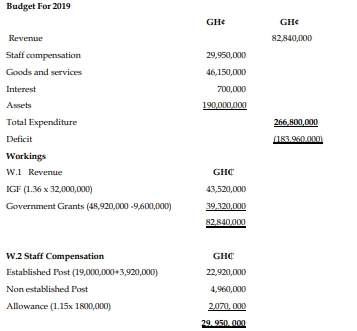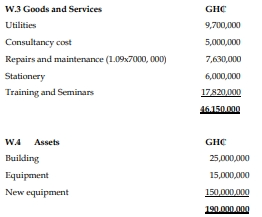- 1 Marks
Question
The intentional overestimation of expenses and/or underestimation of revenue in a budget is the definition of:
A. Budget slack
B. Sub-optimization
C. Budget targets
D. Incremental budgeting
E. Budget setting
Answer
Answer: A
Explanation:
Budget slack refers to the deliberate overestimation of expenses or underestimation of revenue in a budget to make it easier to achieve financial targets. It is used to create a buffer for unforeseen expenses or to ensure that performance appears better than expected.
- Tags: Budget Setting, Budget Slack, Budget Targets, Incremental Budgeting, Sub-optimization
- Level: Level 1
- Uploader: Joseph




